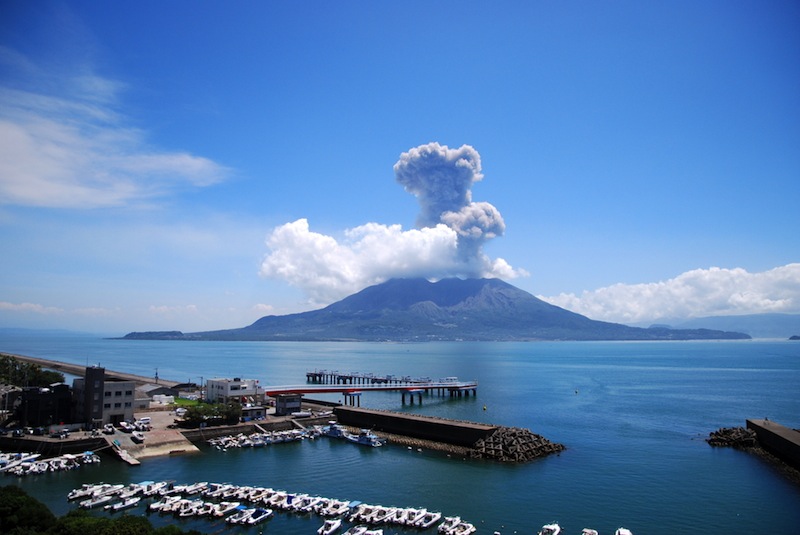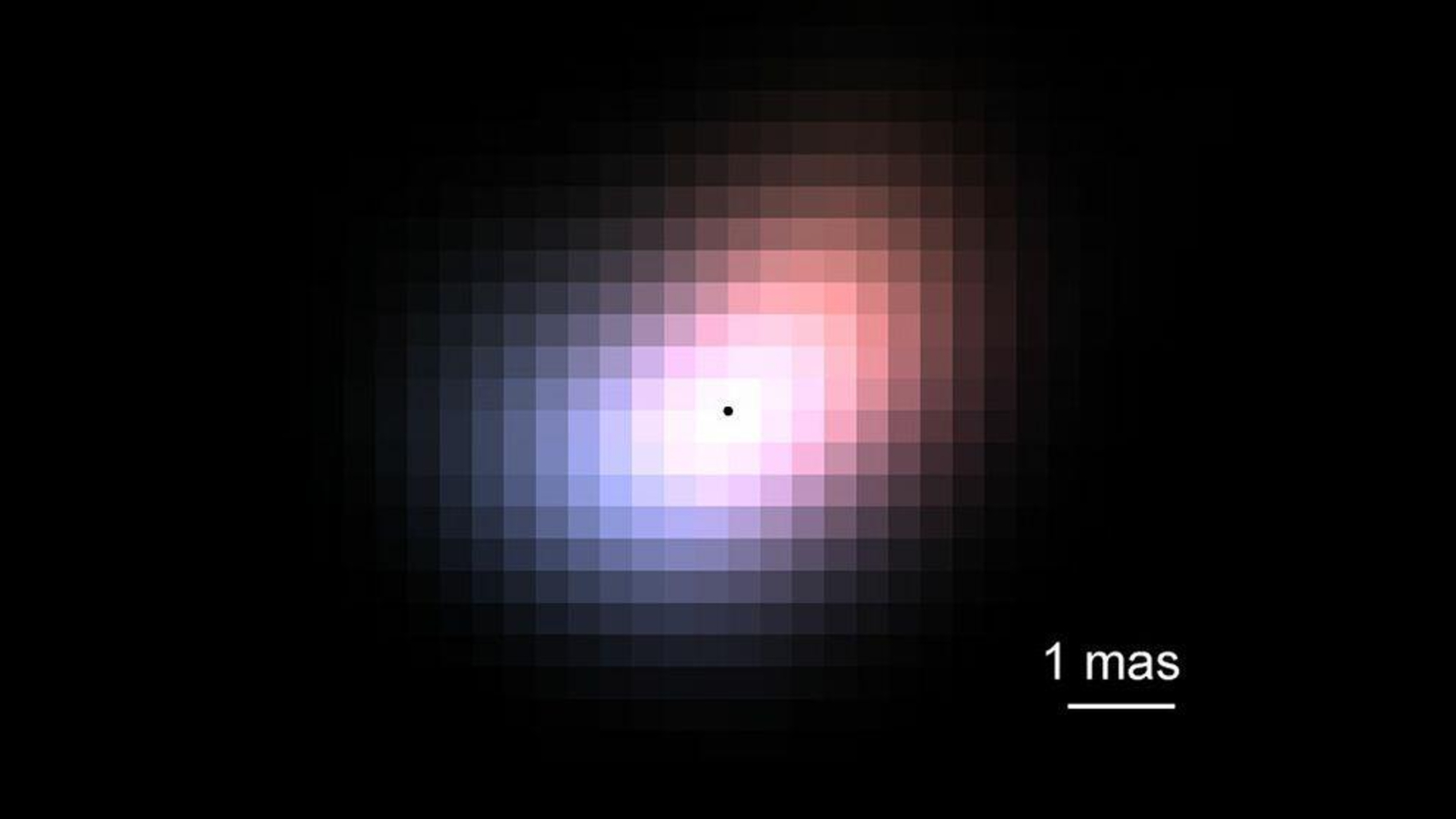
Volcano's Burps and Sighs Could Warn of Eruptions

Like a sleeping giant digesting a spicy meal, a volcano's churning core rumbles with gas.
Watching how gas escapes from a volcano — from slow sighs to big burps — can warn of coming eruptions, according to a study published Sept. 5 in the journal Nature Geoscience. The research also helps explain the reliable bursts at some volcanoes, such as Japan's Sakurajima, which blasts out ash and lava fragments almost every day.
The study explains the cyclic activity at explosive volcanoes such as Sakurajima with a new model of their gassy, bubbly bowels. The model only applies to volcanoes that erupt viscous silicic lava — sticky, pasty molten rock that is rich in silica (also known as the mineral quartz).
Deep inside a volcano, bubbles of water, carbon dioxide and other gases constantly flee toward the surface, ping-ponging through tiny spaces.
"The gas goes up faster than the magma because it is lighter," explained lead author Chloe Michaut, a geophysicist at the Institut de Physique du Globe de Paris in France. According to the new model, the gas rises to the surface in pulses, traveling up the volcano's columnlike magma conduits in bubbly, foamy waves. (Conduits can also be thought of as a series of throats or pipes.)
As the gas rises, it expands as pressure loosens its grip. Near the surface, the gas may simply escape. But often, trapped vapors can make the volcano's ground surface swell.
But only the right size pulse will swell the surface, Michaut and her fellow researchers think. Too small, and the magma's weight will squash the bubble pulse. Too big, and the gas burps free. A volcano can very much breathe, puffing and shrinking as gas builds up and escapes.
Get the world’s most fascinating discoveries delivered straight to your inbox.
As with soda or champagne, confined gas can trigger volcanic eruptions. The gas pulses can pop the cork for plugged volcanoes, freeing sticky magma sitting in conduits, according to the model. And for Sakurajima, Mount Pinatubo in the Philippines and Soufrière Hills on Montserrat, the duration of the eruption cycles predicted by the model matched the volcano's periodic eruptions, the researchers report. [The World's 5 Most Active Volcanoes]
Unlike volcanic tremors, which give a day's alert of a coming explosion, the surface swelling at volcanoes comes several days to weeks before an eruption, said co-author David Bercovici, a geophysicist at Yale University. Understanding the link between the cycles of gas buildup and future blasts could help scientists better predict eruptions, he said.
"These cycles are important precursors that could give you a lot of warning ahead of time," Bercovici told LiveScience's OurAmazingPlanet.
Email Becky Oskin or follow her @beckyoskin. Follow us @OAPlanet, Facebook & Google+. Original article on Live Science's OurAmazingPlanet.

